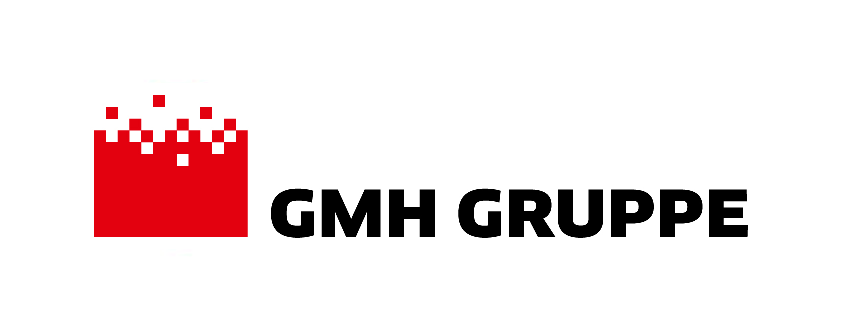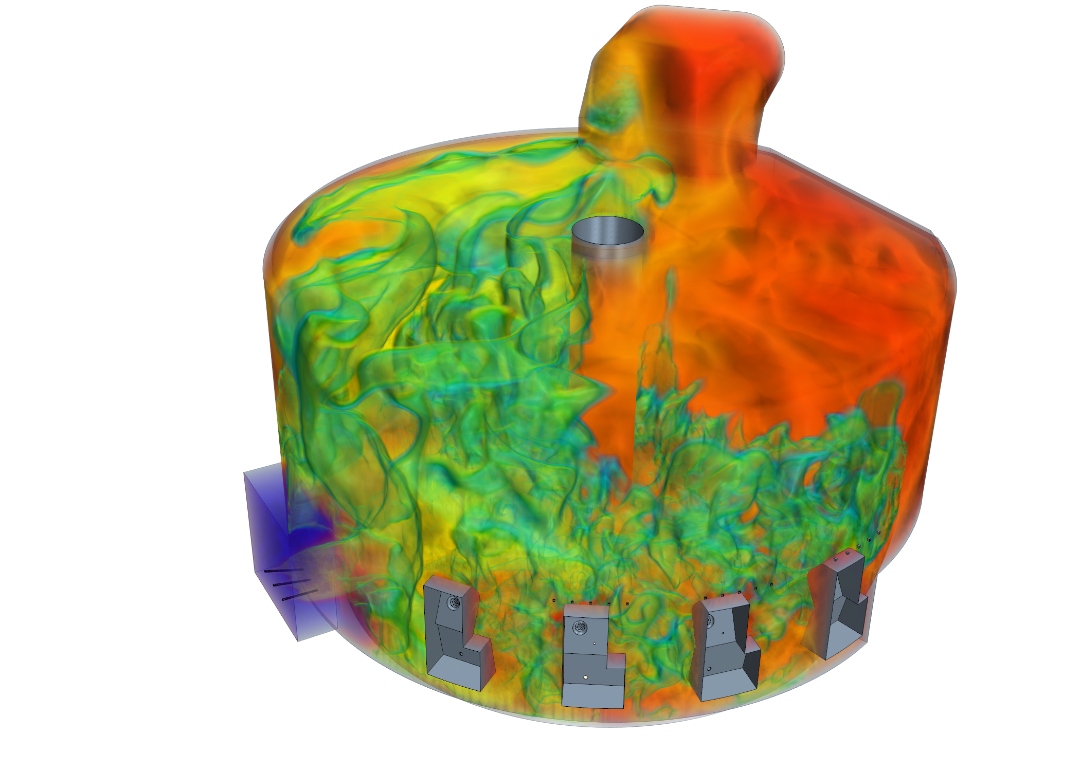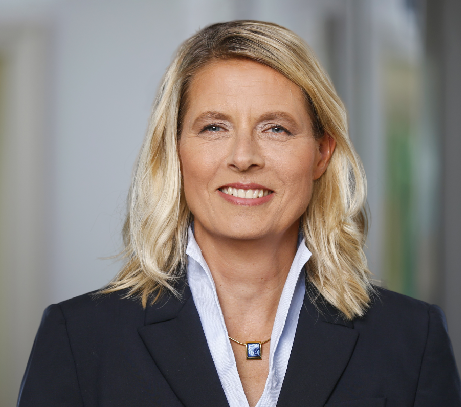
Software and model-based simulation makes a significant contribution to reducing CO2 emissions resulting from reduced consumption of electricity and coal in GMH Gruppe's steel production.

The digital simulation of production processes is one of the key factors in achieving GMH Gruppe’s goal of complete decarbonisation by 2039. A pioneer among medium-sized companies in setting up its own simulation department, GMH is already benefiting from significant savings. Through simulation, GMH has been able to make its processes more efficient, thereby reducing CO2 emissions and lowering the consumption of primary and secondary energy such as electricity and coal.
Fewer emissions through simulation
A metallurgy expert’s dissertation provided the impetus for the targeted testing of new coal-supply schemes for production processes in Georgsmarienhütte's electric-arc furnace. As a pioneer of sustainable steel production, the company had already introduced this production method, instead of the conventional blast furnace, a good 30 years ago. To this end, the experts in the simulation team worked closely with the production department to evaluate data from historical production batches using machine learning methods - and thus generated valuable forecasts for future optimised production process options. This allowed new schemes to be defined and confirmed in just a few production trials.
The validated results set the standard for more energy-efficient and therefore more environmentally friendly steel production at GMH. Significant savings in steel production are now being realised with the new processes: Ten kilowatt hours less melting current is now consumed per tonne of liquid steel and around five kilograms less coal. These optimisations alone reduce CO2 emissions by 14.7 kilograms per tonne of liquid steel produced.
"With projects like this, we are setting the course for the future in order to position GMH today in such a way that we will still be competitive in 20 years' time. Digital transformation plays a central role in this. We were one of the first medium-sized steelworks to recognise this and will continue along this path step-by-step," says Dr Alexander Becker, CEO of GMH Gruppe.
Follow-up projects for long-term competitiveness
This is all the more true, as the experience gained from this project will be utilised for the switch to biogenic coal. In the current year, GMH aims to achieve the target of producing 60,000 tonnes of its CO2-reduced quality "Green Power Premium" steel. The use of biogenic coal plays a decisive role for GMH Gruppe. In combination with the use of renewable energies for the operation of the electric-arc furnaces, GMH can reduce CO2 emissions to just 0.05 tonnes of CO2 per tonne of steel produced - compared to around two tonnes with the conventional blast-furnace route.
Precise predictions are crucial
However, the department does not just specialise in coal supply or furnace operation. In its projects, it covers the entire spectrum of steel production and processing, such as the simulation of flows, solidification, forming, thermodynamics as well as the logistical material flow and chemical processes.
Energy-intensive processes, such as casting in all its various forms, as well as rolling and forging, offer the greatest leverage for savings. The major challenge is that a truly effective simulation must be very precise, so that only a few practical test sequences are required during regular operation of the systems to achieve the desired result.
A strong team with competent partners
The whole thing only works with strong partners - both internal and external. The members of the simulation team complement each other with their different skills at the interface between engineering knowledge, expertise in materials and production processes. It is an international melting pot of expertise from metallurgy, fluid mechanics and forming to process engineering. The only thing that matters is expertise and the ability to work together. In its projects, the team is always in close dialogue with the actual steel production. GMH also relies on external partners such as specialised software solutions and hardware specialists, who deliver high-performance infrastructures.

Senior Editor & Senior Account Manager
Beitrag teilen